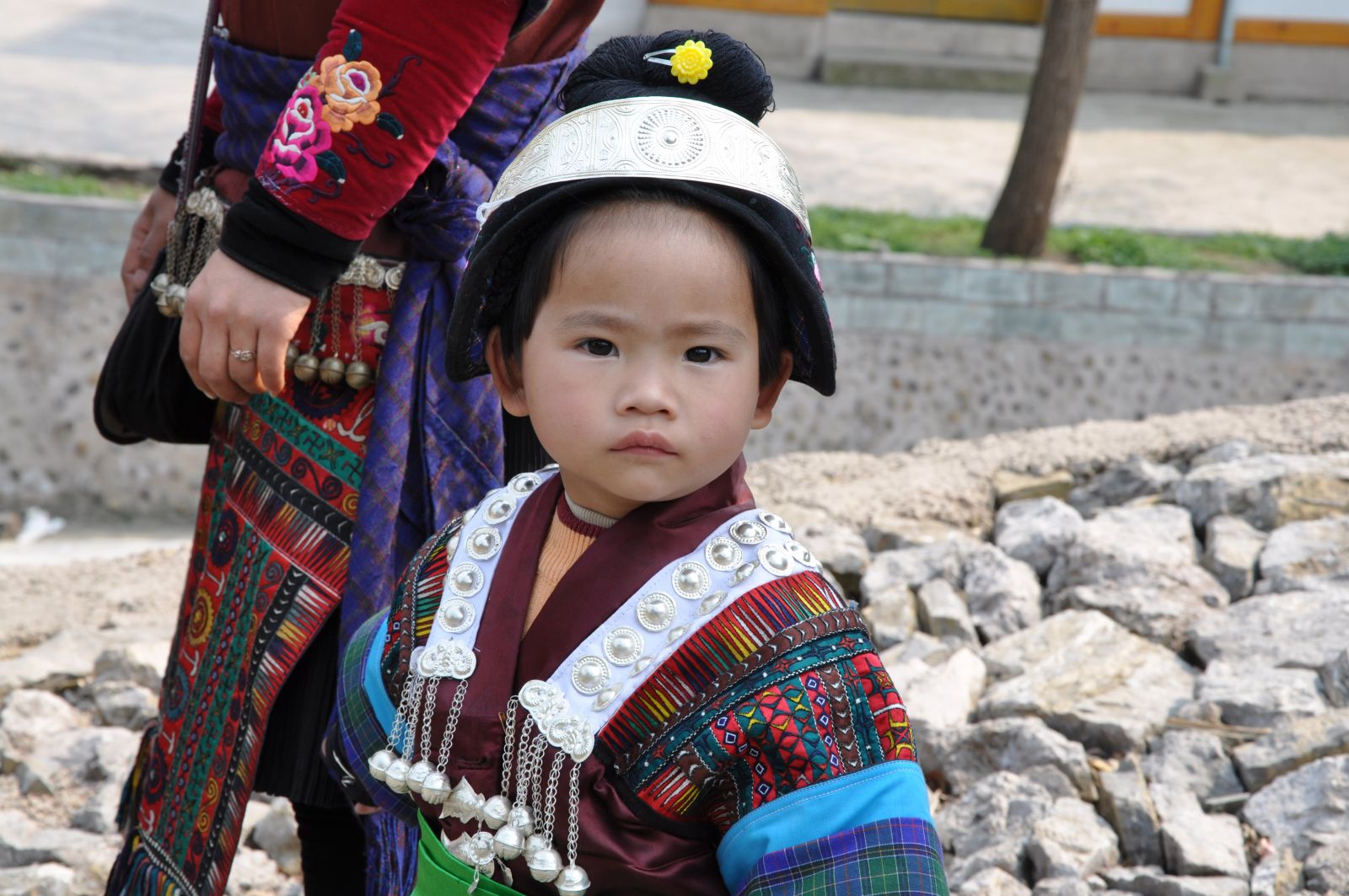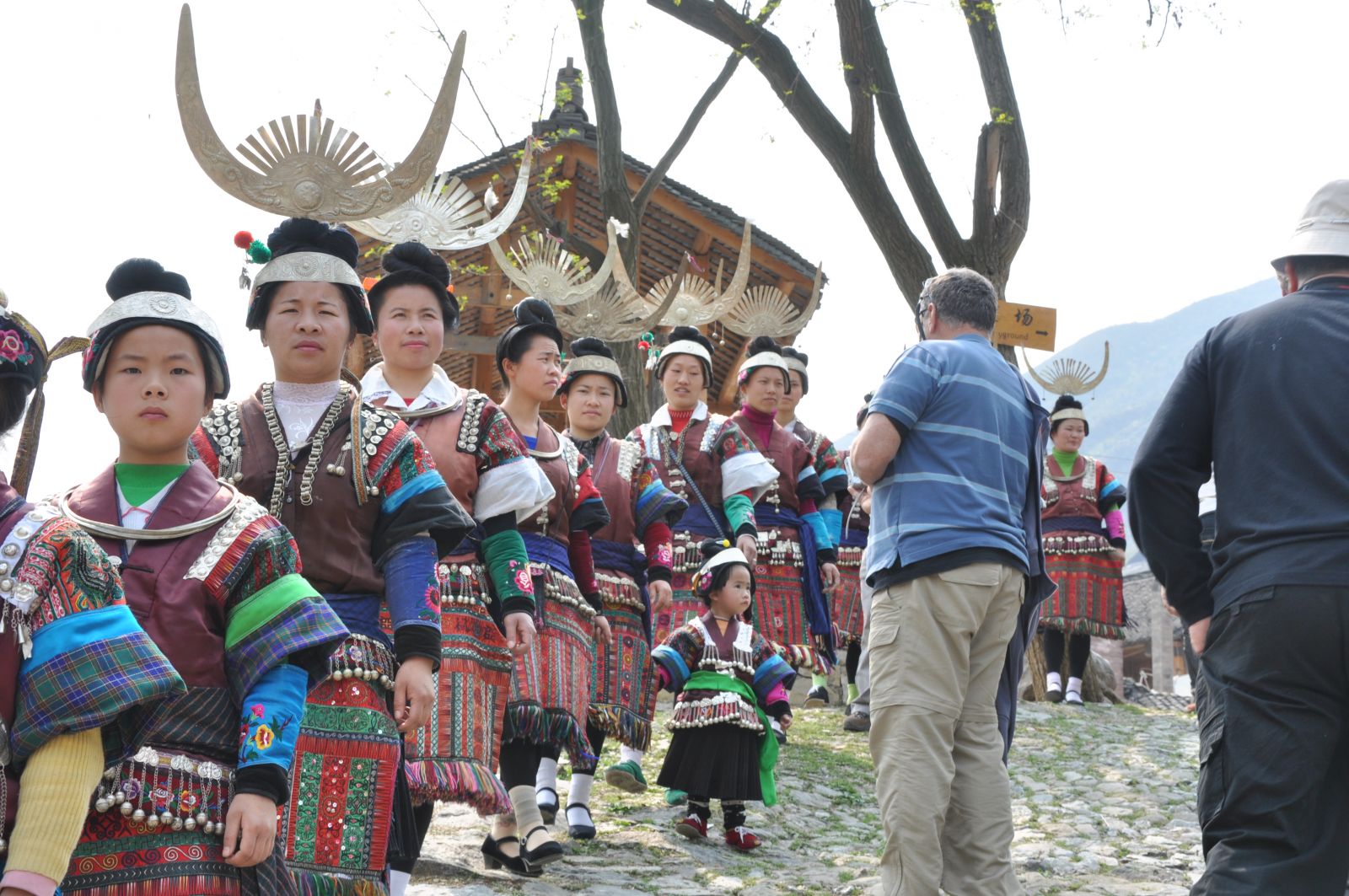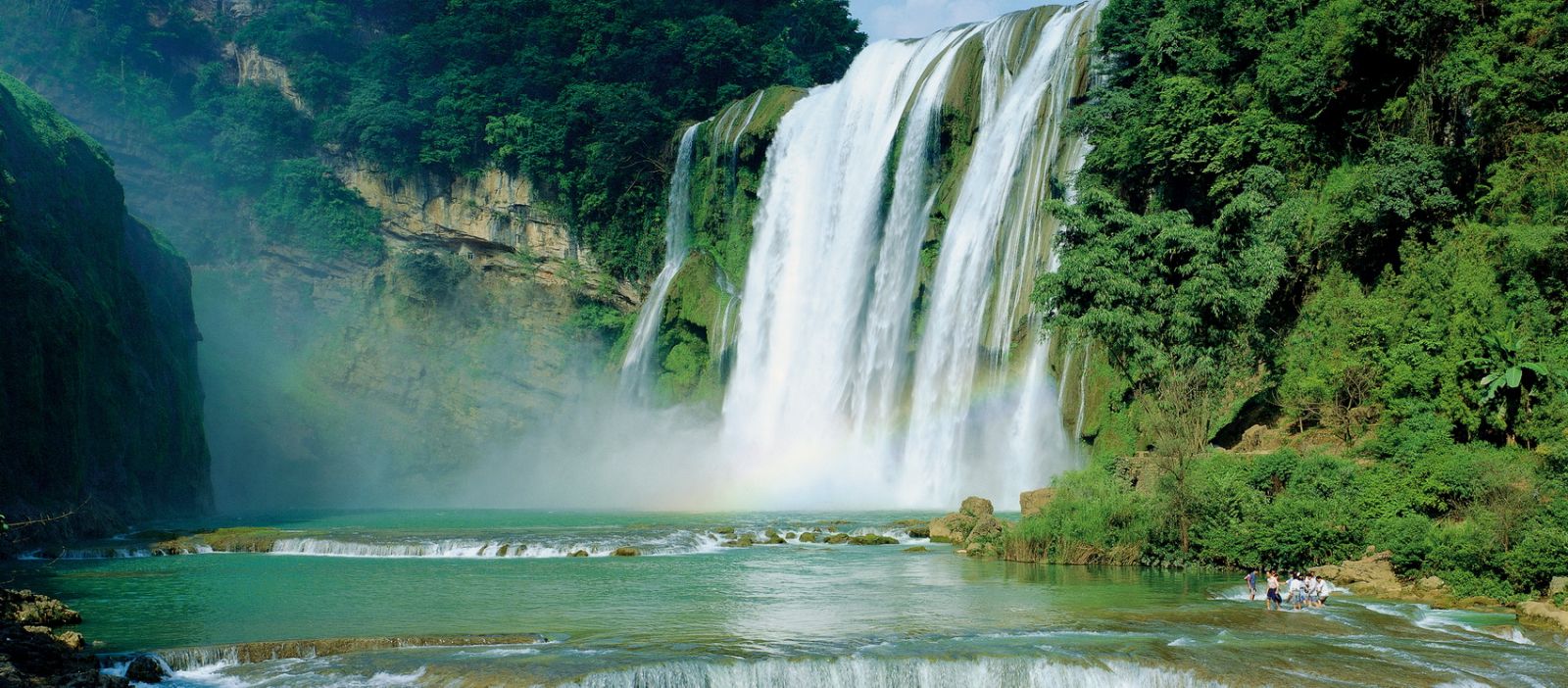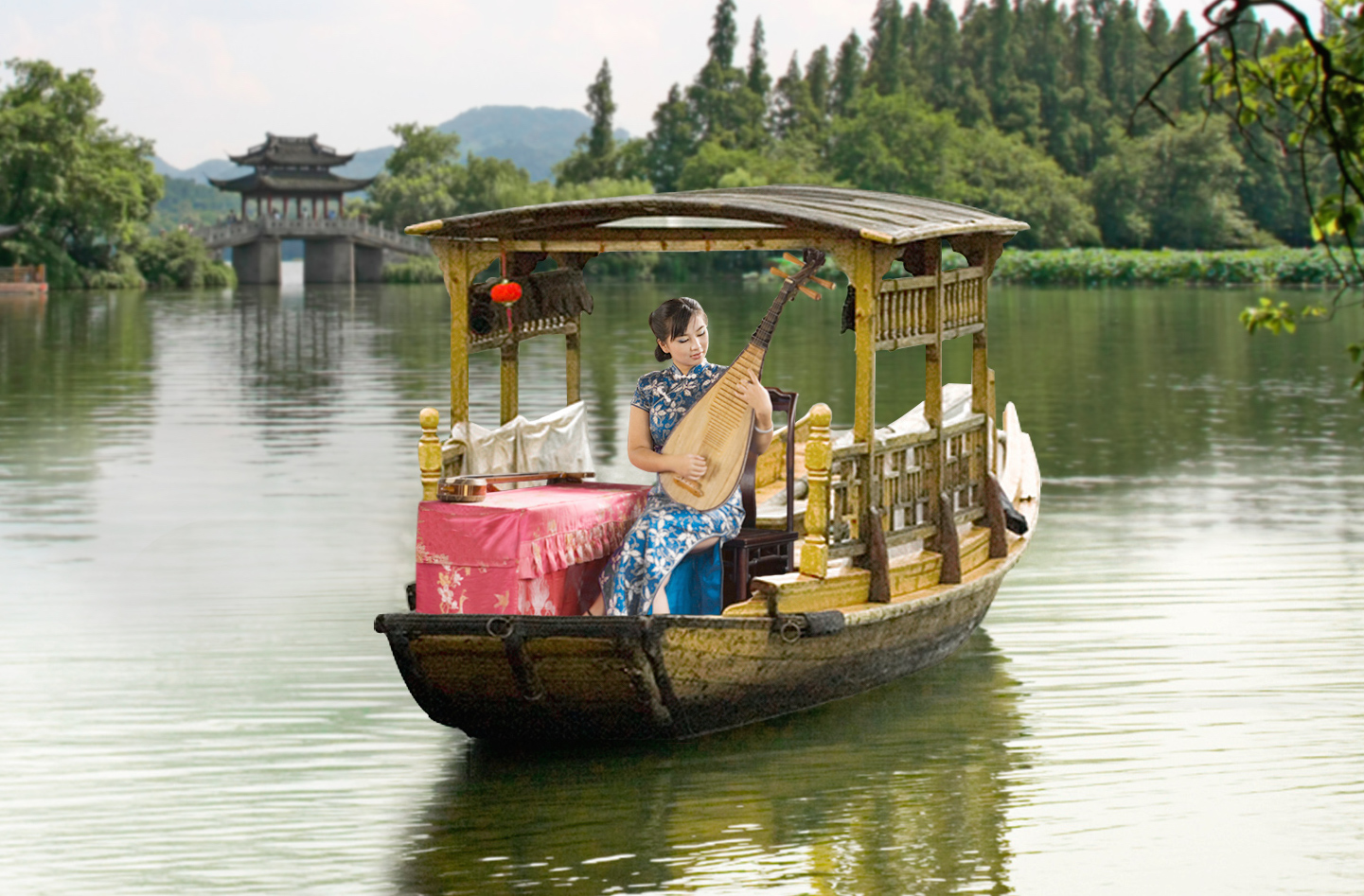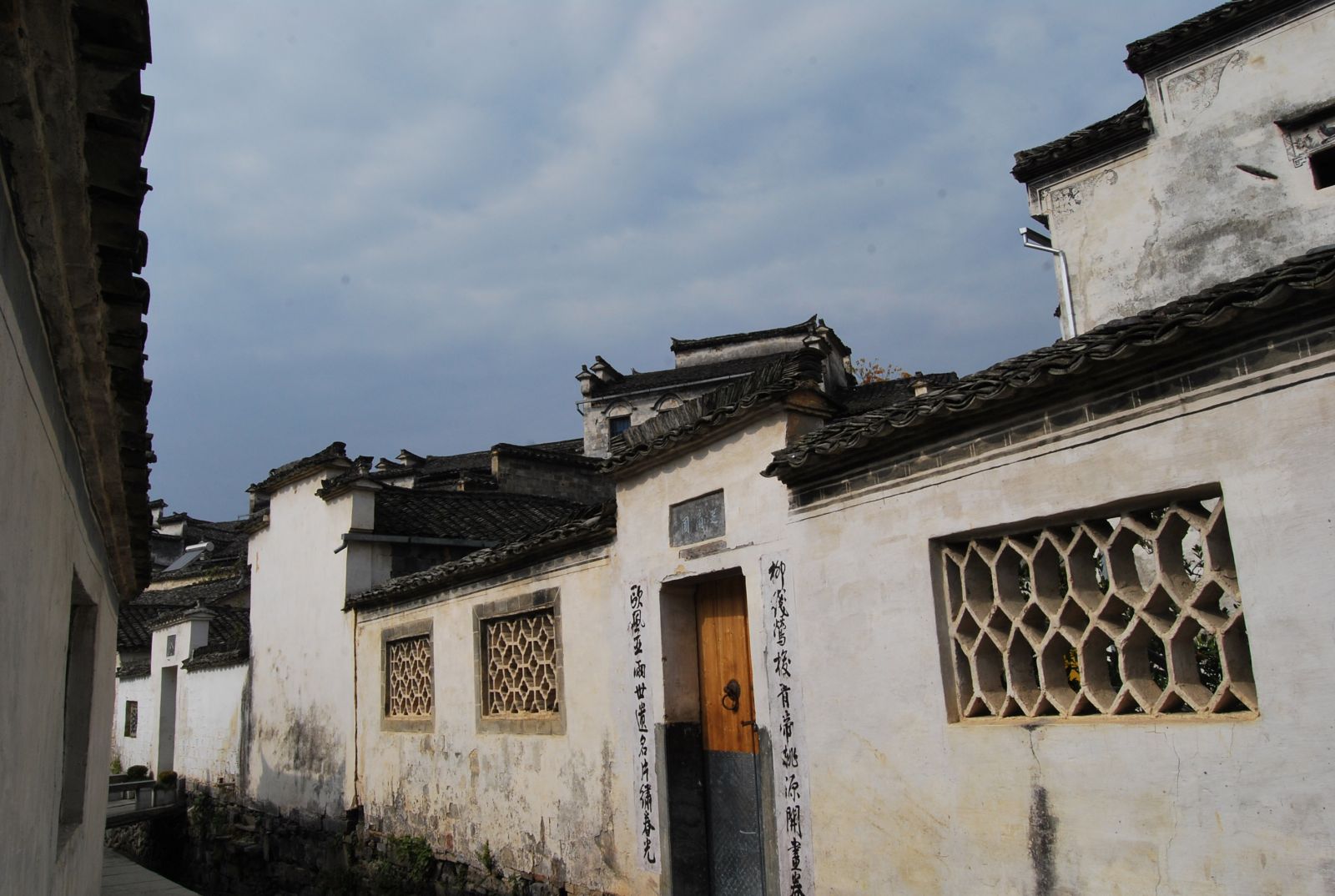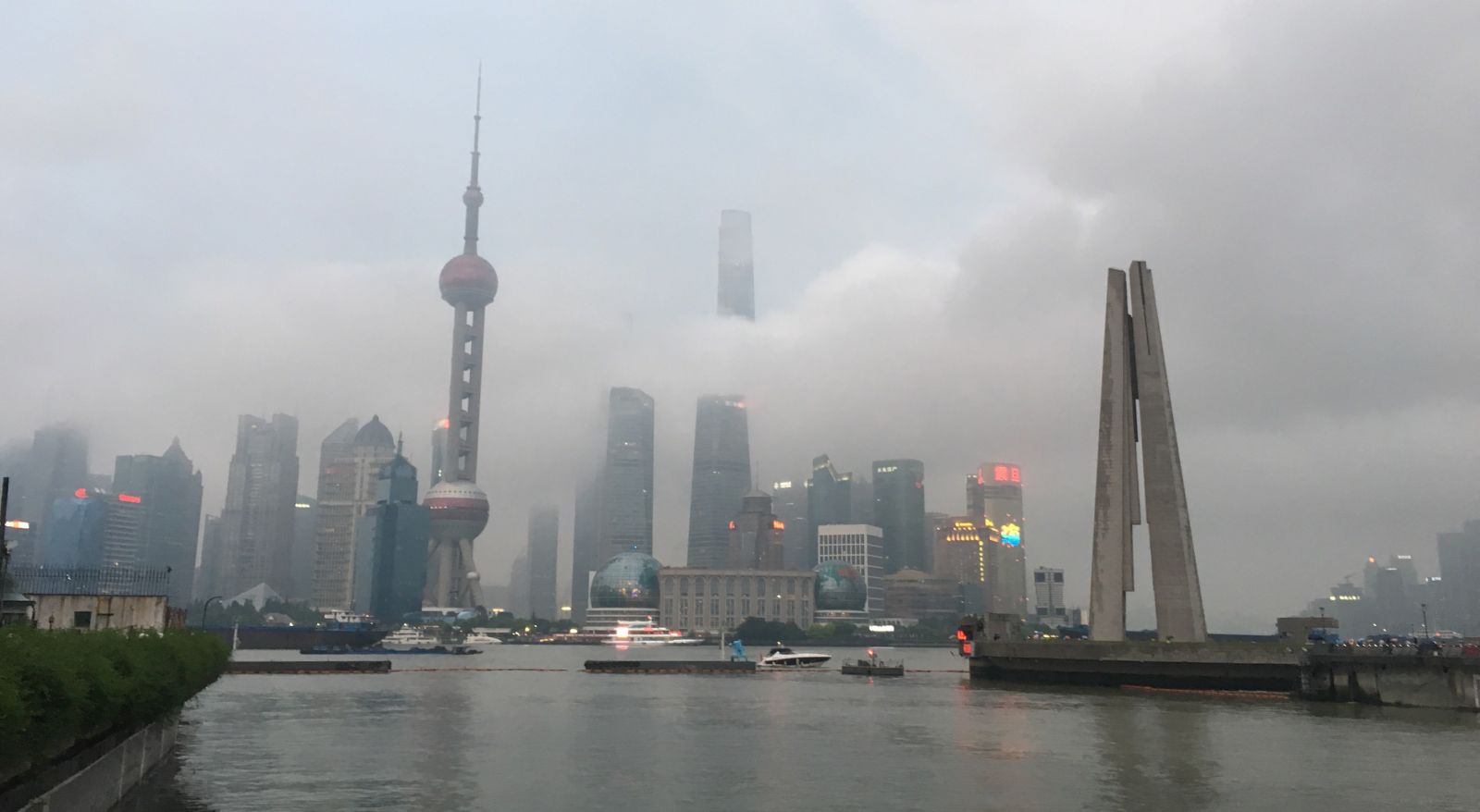- China Classical Tours
- China Adventure Tours
- China Pioneer Tours
- China Jeep Tours
- China Bicycle Tours
- China Trekking Tours
- China Theme Tours
- China Train Tours
- China Photograph Tours
- China Painting Tours
- China Festival Tours
- China Cooking Tours

China Highlight
|
|||||||||||||||||||||
|
Day 2. Beijing (Breakfast, Dinner) |
|||
 |
Park Plaza Hotel ★★★★ | ||
 |
After breakfast at the hotel, we drive out of the city to the famous Mutianyu Great Wall, China’s most prominent landmark and must-see site. Begun the construction 2000 years ago, the efforts required to build the wall through the history is phenomenal, some people call it the longest cemetery in the world, but it is better to be named as the accumulation of Chinese culture and history; The total length of all the walls built in different dynasties around china exceed 20,000 km, however lengthy sections of it has returned to dust in the history, the wall remained today is less than 2500 km. We will take the cable car up, and walk on part of the Wall, and hear about its history and how it failed to fulfill its main goal of stopping the Mongols from invading the country, and then we take cable car down. On our way back to the city, we visit the Sacred Road, where the Imperial Families were given their last resting place. The name derives from the fact that the Chinese believed that a road with several gates leads the souls of the ‘heavenly families’ back to the sky. We then stop for an outside view over the famous Bird’s Nest and the Water Bubble, the two main venues of the Beijing Olympic Games in 2008. | ||
|
|
|
||
|
|||||||||||||||||||||||||||||||||||||||||||||||||||||||||||||||||||||||||||||||||||||||||||||||||||||||||||||||||||||||||||||||||||||||||||||||||||||||||||||||||||||||||||||||||||||||||||||||||||||||||||||||||||||||||||||||||||||||||||||||||||||||||||||||||||||||||||
|
|||||||||||||||||||||||||
 |
Lijiang Golden Path Hospitality Hotel ★★★★ | ||
 |
Today we start our visit with Shaxi Old Town. Together with the Great Wall, the Ohel Rachel Synagogue of Shanghai and the Christian Pagoda, and the Monastery of Shaanxi Province, Shaxi has been added to the list of internationally significant sites by the World Memorial Fund for Architecture. With agreeable weather, clean water, and abundant products, it’s called the hometown of honey and milk. After visiting Shaxi, we drive to Shibaoshan Cave. Shibaoshan, also known as Shibao Mountain, is the center part of the ‘Three Parallel Rivers”, a UNESCO World Nature Heritage Site. With an area of about 25 square km, the mountain has fascinating and beautiful landscapes. When hiking on it, as the elevation changes, we may be able to experience different seasons and different weathers within the distance of a few kilometers. Leaving Shibaoshan, we drive to Lijiang. On the way, we stop at Jianchuan local market to further experience the local life. After arriving Lijiang, we transfer to our hotel. In the evening we will have a free time exploring the beautiful Lijiang Old Town. | ||
|
|
|
||
|
|||||||||||||||||||||
|
Day 18. Lijiang/Shangri-la (Breakfast, Dinner)(Altitude 3200M) Oxygen in the car |
|||
 |
Kunlun Resort (Boutique Guest House) | ||
 |
Leaving Lijiang, we drive towards the Tibet Autonomous Region and the north of Yunnan Province. En route, we first stop at Shigu village, then we will stop at the Yangtze First Bend and hiking 2 hours at the Tiger Leaping Gorge, where the waters of the Yangtze River rushes into this narrow gorge.On the way we have a visit to the Zhiyun Temple& Lashi Village.In the afternoon we reach the town of Zhongdian, which is often referred to as Shangri-La. Upon arrival, we explore the unique Old Town. | ||
|
|
|
||
|
Day 19. Shangri-la/Kunming (Breakfast, Dinner) |
|||
 |
Kunlun Resort (Boutique Guest Gouse) | ||
 |
Today first we visit the Songzanlin Monastery, dating back to 1679, lies at the foot of Foping Mountain and is rich with Buddhist treasures. Leaving the Monastery we drive to Pudacuo Scenic Region including Shudu Lake, Bita Lake resort. Being the highest lake in Yunnan Province at 3500 meters above sea level, this is a great spot to enjoy the beautiful wilderness and landscapes of the region. After thatwe stop for a traditional tea with a Tibetan familyat Xiaji villageand hear from them about their daily life. In the evening we transfer to airport for flight to Kunming. | ||
|
|
|
||
|
Day 20. Kunming/Dongchuan (Breakfast, Dinner) |
|||
 |
Shanju Hotel ( Local Best Boutique House) | ||
 |
In the morning we embark on a two-hour drive out of town to the famous Stone Forest. Many legends tell the story of the creation of this unique geological phenomenon, but only seeing it for yourself can reveal the entire majestic landscape. It is said that ‘visiting Yunnan without seeing the Stone Forest is like not visiting the province at all’. During our visit to the forest, we meet the people of the Sani, an ethnic group living in the area, who wear colorful embroidered traditional clothing.The Sani are known for their heart-stirring singing and dancing. Leaving there, we drive to Donchuan (4-5hour). | ||
|
|
|
||
|
Day 21. Dongchuan/KunmingQ Guilin (Breakfast, Dinner) |
|||
 |
Guilin Baravo Hotel ★★★★ | ||
 |
In the morning we explore to Dongchuan, a rural area in the northeast of Kunming is believed to have the world's most imposing red earth, even more magnificent than that in Rio de Janeiro, Brazil. If there is one word that best captures Dongchuan Red Land, it must be "palette". It is such an amazing spectacle that you can never imagine if you have never been there. God knocked over his palette, dropping the heaven paint, which makes Dongchuan such a stunning masterpiece. Red, green, white and yellow are matched into rolling rainbow ribbons stretching to sky. Leaving there; we transfer to the airport for our flight to Guilin. Famous for its wonderful scenery, rivers and karst peaks covered in lush greenery, Guilin has a long history as the most beautiful place in China. Upon arrival, we go to visit the famous Night Market in the evening. | ||
|
|
|
||
|
Day 22. Guilin/Yangshuo (Breakfast, Dinner) |
|||
 |
Yangshuo Lotus Hotel ★★★★★ | ||
 |
We begin to view the city’s own landmark—the Elephant Trunk Hill. After that we proceed to Fubo Hill, another of Guilin's wonderfully scenic spots. Natural scenery of rocks and stalactites as well as artificial cloister and pavilions compose the fantastic and unique sight of the hill. We take cable car to visit the hill. Leaving the hill,we drive to Yangshuo. Upon arrival,we embark on a cruise ride along the Li (Crystal) River from Yangshuo to Fuli. Along the way we get a glimpse of life on the river banks. In the small villages, the locals depend totally on the river to sustain their way of life. The river is not only their main mean of transportation but also the source of water for their fields and washing their clothes, and even of drinking water. After visiting the Fuli Ancient Town,we enjoy the unique “Yangshuo Impressions” performance directed by the very same director who was responsible for the Beijing Olympic Games opening ceremony in 2008, when hundreds of actors performed in the world’s largest outdoor theater—with the waters of the Li River serving as their stage.This breathtaking show is not to be missed. | ||
|
|
|
||
|
Day 23. Yangshuo (Breakfast, Dinner) |
|||
 |
Yangshuo Green Lotus ★★★★★ |
||
 |
In the morning we take a slow bamboo raft ride down the Yulong River, if we are lucky enough, we may get a chance to see the traditional fishing with cormorants. After that we go to explore the local villages along the Yulong river & local market, where we meet the local farmers as they cultivate their small rice plots just outside the town.Then we take our time to climb the 800 steps in a mountain path leading to the top of Moon Hill for an outstanding view over the rocky surroundings. Leaving there, we continue to the Banyan Tree. Located 7.5km south of Yangshuo, Banyan Tree is one of the main scenic attractions of Yangshuo County. It is said that the banyan was planted in the Jin Dynasty and is famous for its age and towering beauty. In the late afternoon we have some free time in the famous West Street.In the evening we will enjoy an interesting Cormorant Fish Show. | ||
|
|
|
||
|
Day 24. Yangshuo/Longsheng/Sanjiang (Breakfast, Dinner) |
|||
 |
Dongxiang Guest House Hotel ★★★ | ||
 |
In the morning we drive to Longsheng. The Dragon Ridgeback Mountain(Longji Rice Terrace) features one of the world’s largest manmade creations. In the endless slopes of the mountain, the local peasants have carved with their bare hands thousands and thousands of terraces to capture water streaming down the mountain and use it for crop cultivation. We climb to the top of the terraces to take in their enormous extent and to enjoy the great view over the beautiful landscape. The region of Longsheng is also known for the diversified minority groups living there and we stop at some of their villages to learn about their traditions and customs. Leaving Longsheng, we drive to Sanjiang. | ||
|
|
|
||
|
Day 25. Sanjiang/Zhaoxing (Breakfast, Dinner) |
|||
 |
Dongxiang Guest House Hotel ★★★ | ||
 |
In the morning we visit the Chengyang villages and Chengyang Bridge. It is China’s most famous wind and rain bridge. The long and winding roads through Guizhou’s ever mountainous landscapes give us further opportunities to stop at villages of the Miao, Dong, and other ethnic groups along the way. After that we drive to Zhaoxing, upon arrival we visit the Diping Wind and Rain Bridge. It is well known for the picturesque natural scenery and civilian residences of the Dong People. Then we continue to visitTangan village and Zhaoxing Drum Tower and Bell Tower. | ||
|
|
|
||
|
Day 26. Zhaoxing/Rongjiang (Breakfast, Dinner) |
|||
 |
Dongxianmi ★★★ | ||
 |
Leaving Zhaoxing, we drive to Rongjiang. We visit the picturesque villages of theBasha Village, Baji Village,and enjoy their warm hospitality. We learn about their way of life, and the special drum tower and Wind and Rain Bridgethat feature significantly in their beliefs and traditions. Basha is known as the “last gunnan tribe in the world”. The dresses for men and women in the village reflect the style of the Qing Dynasty, so that they are regarded as the living fossils of the Qing culture. After cross the Liujiang River by boat, and we continue to visit SanBao Village,Yintan Village. | ||
|
|
|
||
|
Day 27. Rongjiang/Kaili (Breakfast, Dinner) |
|||
 |
Zhongheng Hotel ★★★ | ||
 |
Today we visit the Morning Market of Rongjiang in the morning. After that we drive to Kaili.We hike around titian at Leigongshan. We continue our drive through an area densely populated with different ethnic groups and stop at several Miao villages. We visit the Nan hua village, Langde village and Datang village. The Miao people are subdivided into numerous groups, each with its own distinctive traditional clothing, beliefs, and dialect. The region, only recently opened to Westerners, offers a glimpse of a different China. Although it has few relics of the great imperial era, we see the simple rural way of life of ethnic groups who have preserved their own unique traditions for hundreds of years. We continue to Shiqiao Village and learn about the process of making paper from wood pulp. | ||
|
|
|
||
|
Day 28. Kaili/Huangguoshu (Breakfast, Dinner) |
|||
 |
Grand Valley Hotel ★★★★ | ||
 |
Leaving Kaili in the morning, we drive to Huangguoshu waterfall (6 hours), on the way we stop at Tuntu village. The image of the Huangguoshou Waterfall decorates Chinese restaurants throughout the world. It symbolizes the stamina and strength of the Chinese people through the ages and is a source of great pride to them all. We take the tour around the falls and visit the cave behind them with Tianxingqiao park. | ||
|
|
|
||
|
Day 29. Huangguoshu/GuiyangQ Hangzhou(Breakfast, Dinner) |
|||
 |
Hangzhou International ★★★★★ | ||
 |
In the morning we transfer back to Guiyang, We first go to the Dragon’s Palace and take a boat ride in an amazing cave, full of dramatically lit stalactites. Then we continue to Qingyan village. We visit villages of the Miao people, where we meet the locals and learn from themabout their traditions, origins, and unique lifestyle. Leaving there, we transfer to airport to Hangzhou. |
||
|
|
|
||
|
Day 30. Hangzhou/Hongcun (Breakfast, Dinner) |
|||
 |
Painting Inn Guest House (Boutique Guest House) | ||
 |
After breakfast we begin the city with a visit to the Six Harmonies Pagoda, located at the top of Yuelun Hill and built during the Song Dynasty. It is believed that the pagoda was built to help the locals control the Qiantang River and as a navigational aid. After that we go for a boat ride on the West Lake& probably Hangzhou’s most prominent landmark. We will also stroll around the local parks around the lake. Leaving there we go to the Hidden Souls Temple, which dates back to the very early Eastern Jin Dynasty. It is said that the temple was built by an Indian monk who believed that the breathtaking scenery could only be the final retreat of all souls. After that we transfer to Hongcun. On the way, we stroll around the Tunxi Ancient Street. We arrive Hongcun around evening. . | ||
|
|
|
||
|
Day 31. Hongcun/Yellow Mountain (Breakfast, Dinner) |
|||
 |
Xihai Hotel ★★★★★ | ||
 |
Today we first explore Hongcun, Hongcun village is a famous ancient village that is located in Yixian County, near the southwestern slope of Huangshan Mountain. With morning mists, gray tiles, white walls, stone bridges, water lily ponds, and hills at the background, the village is known as"a village in the Chinese painting". It has been listed as one of China's top ten charming villages and was added to UNESCO's World Cultural Heritage List in 2000. Then we drive to Huangshan Mountain and spend our half day exploring the breathtaking mountain with round way cable car. Huangshan Mountain covers an area of 250 kilometers, of which 154 square kilometers are scenic attractions. It’s famous for the “four wonders”, namely imposing peaks, spectacular rocks, odd-shaped pines, and a sea of clouds. With 72 peaks and three main peaks rising imposingly, the mountain reaches more than 1,000 meters above sea level. The peaks are both with fascinating views and breathtaking steep. We take a cable car up to the mountain and visit famous landscapes such as the Beginning-to-believe Peak, Brush Pen Peak, Bright Summit, Flying-over Rock and Cloud-dispelling Pavilion. | ||
|
|
|
||
|
Day 32. Yellow Mountain/Wuzhen/ Zhouzhuang (Breakfast, Dinner) |
|||
 |
Yunhai Resort ★★★ | ||
 |
After breakfast we get off Huangshan Mountain and drive to Wuzhen, known as theTown of Rice and Fish. With a history of six hundrud years, it has kept the ancient flavor of Chinese culture, construction, traditional custom and easy lifestyle, all of these together makeWuzhen one of the most popular sight spot in China. We will take a boat to enjoy the amazing view of Wuzhen. Then we drive to Zhouzhuang. | ||
|
|
|
||
|
Day 33. Zhouzhuang/Suzhou/Shanghai (Breakfast, Dinner) |
|||
 |
Central Hotel ★★★★ | ||
 |
In the morning wetake a walk in Zhouzhuang Water Town, Located on the outskirts of Shanghai, Zhouzhuang is famous for a canal system and has been described as the "Venice of the East".After that, we drive to Suzhou. Arriving there, we go to visit theHumble Administration Garden. With more than 500 years history, Humble Administration Garden has been listed as International Heritage by Unesco in 1997, with artificial hills, rivers, lakes, pavilion and corridor, it shows us a typical south China way of life, so like Chinese saying: In heaven, there is paradise, on earth, there is Suzhou and Hangzhou; Leaving there we go to the Shantang Old Street. The street was originally built by Bai Juyi, an extremely famous Chinese poet in Tang dynasty. As one of the most antiquated communities in Suzhou, the street has retained its original layout for more than 1000 years. Strolling around the street, we are able to see houses with white washed walls and black tiles as well as a canal that runs along the street. After that we drive back to Shanghai. Upon arrival, we have a walk in Taikang road, also called Tianzifang art area, is a romantic street present the Young china with contemporary art, design and fashion.In the evening we enjoy a traditional Era Acrobatics Show, which displays an art developed and performed in China for the past 2000 years. | ||
|
|
|
||
|
Day 34. Shanghai (Breakfast, Dinner) |
|||
 |
Central Hotel ★★★★ | ||
 |
In the morning we proceed to Shanghai’s old town to visit the Yu Yuan Garden& Chinese Bazaar. Perfectly maintained to the present day, the gardens were built by a Chinese mandarin in the 16th century in honor of his beloved parents. With their six very distinctive areas, these gardens are a true marvel and a great escape from the city’s hustle and bustle. Later we expolre the Jewish quarter, the shelter of hundreds of Jews during 2ed world war. We visit the Synagogue Museum and Rabin Park. Then we proceed to the Oriental Pearl TV Tower, which rises to 468 meters and offers a great view over the city and its harbor. With its unique design, the tower has become the city’s own trademark. In the late afternoon, we make a visit to the Bund. Since the middle of the 19th century, this street has played a major role in opening up China to the rest of the world. Built on the bank of the Huang Pu River, the Bund served as the main trading area for merchants coming to Shanghai from all over the world to trade for exotic goods and take them to their native countries. It is still a bustling street that offers a great view of the magnificent buildings along the river. Afterwards we stop at Nanjing Road. With more than 600 shops extending over 5.5 km, this is probably Asia’s busiest trading street, visited daily by more than 1.5 million people—locals and tourists alike—looking for a good bargain, and here you can see the best of the Chinese trading and bargaining customs as they take place. | ||
|
|
|
||
|
Day 35. Shangahi/Depart (Breakfast) |
|||
 |
None | ||
 |
We transfer to airport for depart flight. | ||
|
|
|
||




.JPG)
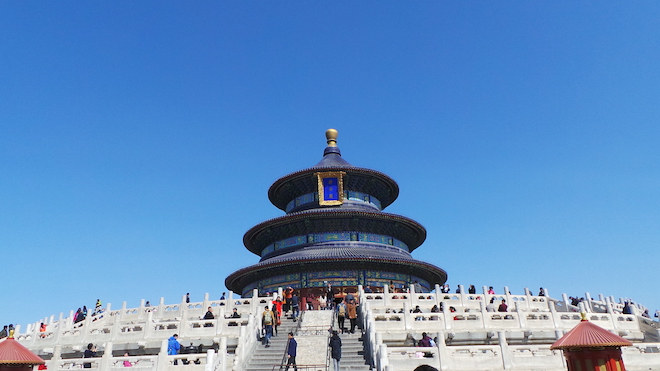

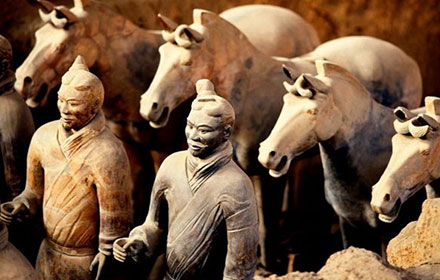





.jpg)
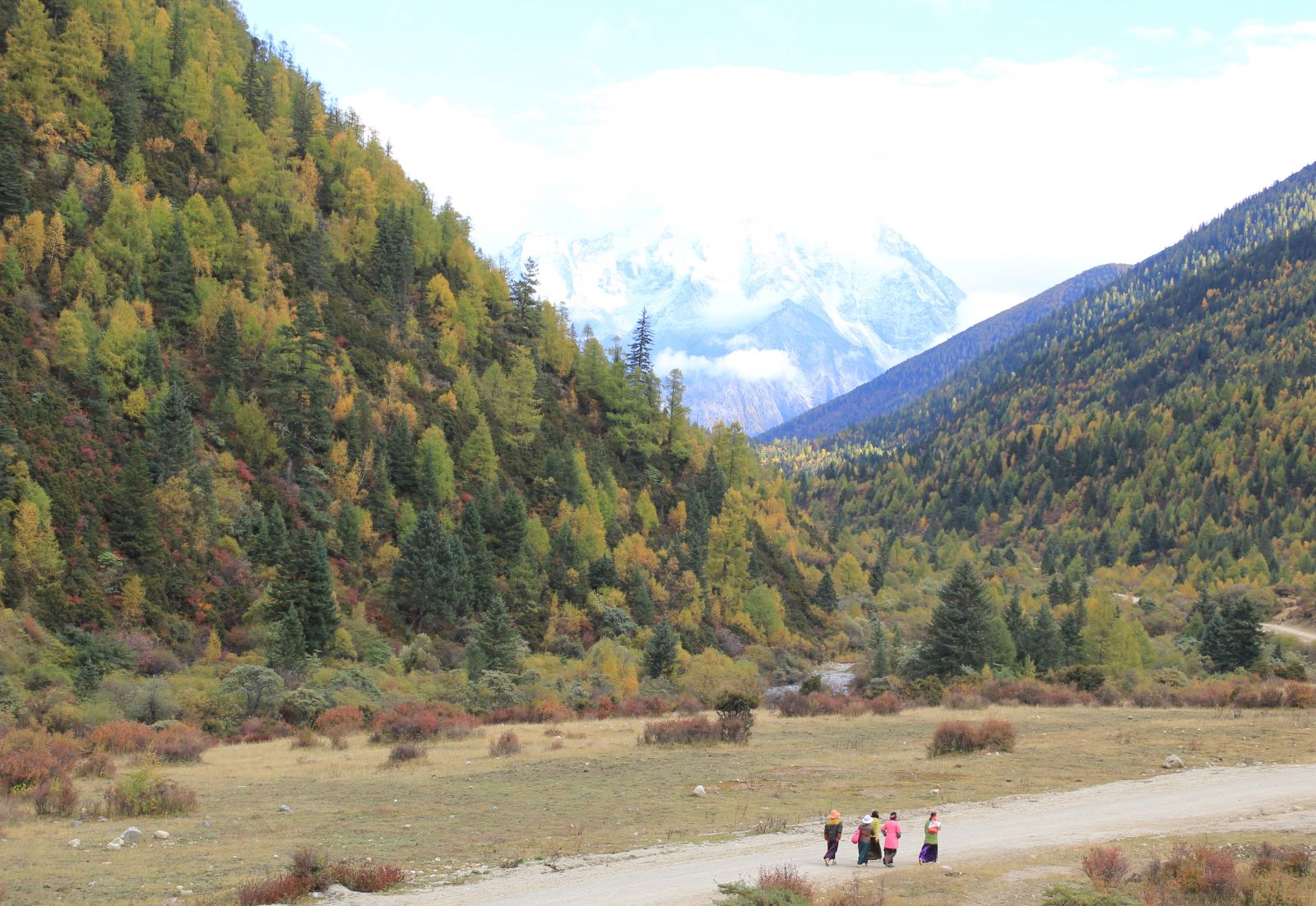



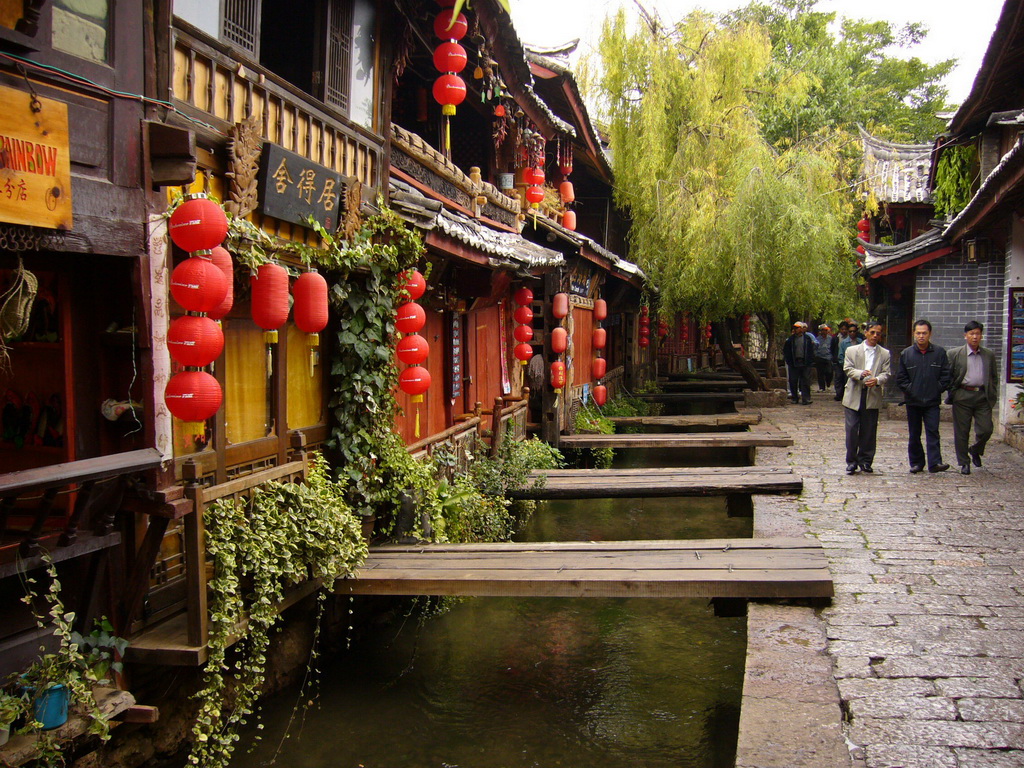




.jpg)


